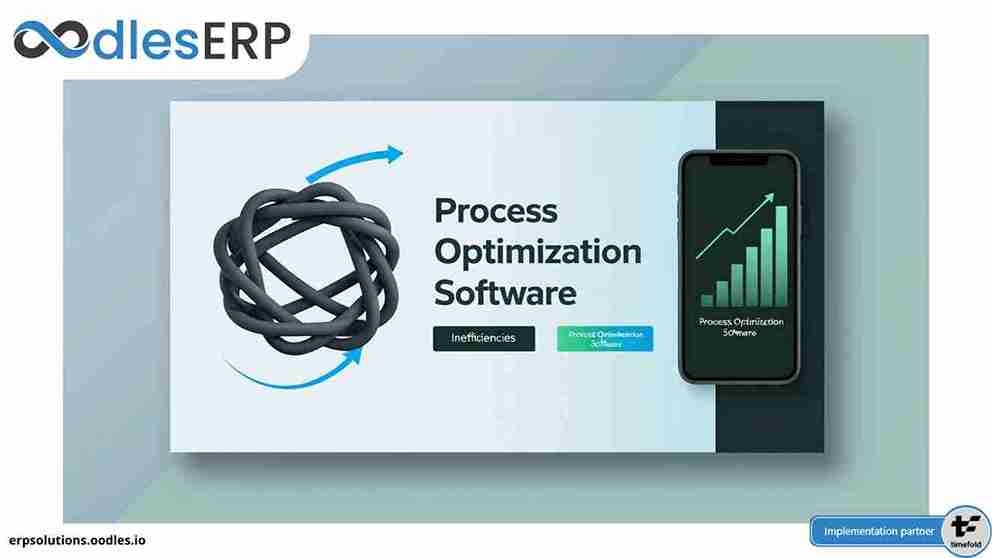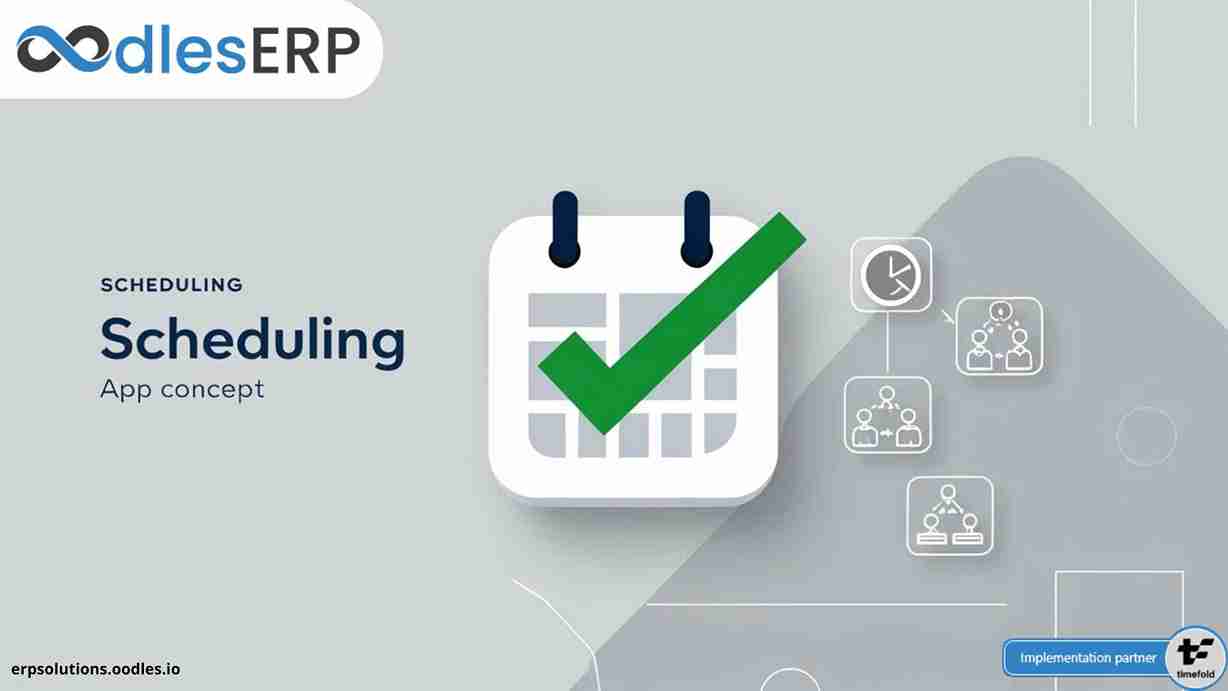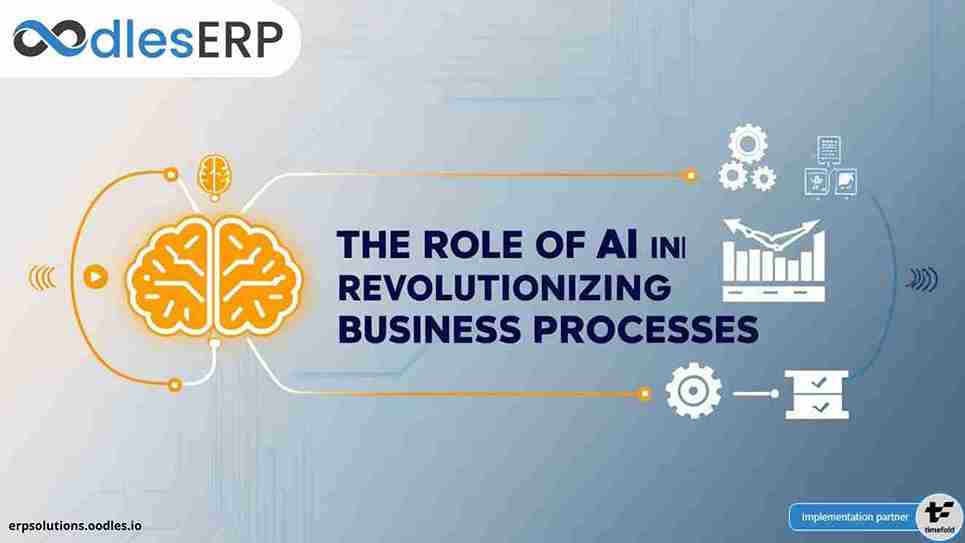The scope of business in the present day stretches across applications, platforms, systems, domains, organizations, and nations. Enterprises, therefore, have to deal with enormous data sets and the relationships between them. Consistency of data in, say, manufacturing, inventory, supply chain, sales and marketing, and CRM is the key to driving efficiency and profitability. When data is disjointed, inconsistent, and scattered in silos, it makes coordination between departments difficult. At the same time, it renders business strategy wide off the mark and results in poor implementation of decisions. Data uniformity, accuracy, and adaptability play a major role in reinforcing the accountability of an organization. It is this need for consistency in data that leads to the concept of master data management in association with ERP.
Enterprise resource planning is a web of integrated applications with a shared database. As ERP uses a distributed, modular architecture, it becomes important to maintain the same data across applications. Master data management enables enterprises to implement business processes without duplication or fragmentation of data. The success of an ERP often depends on the correctness, and security of the enterprise data. Thus, master data management oversees the consistent exchange of organizational data, eliminates redundancy and simplifies business processes.

At Oodles, we design ERP software solutions augmented with master data management to improve data accuracy and raise the standard of key data assets. It further equips the ERP stakeholders to access common real-time data and implement decisions on the same. Data integrity across ERP modules like finance, marketing, sales, HR, CRM as well as sourcing, manufacturing, and production results in smooth-running, productive operations.
Master Data Explained
Definition
Gartner defines Master Data Management as, “a technology-enabled discipline in which business and IT work together to ensure the uniformity, accuracy, stewardship, semantic consistency and accountability of the enterprise’s official shared master data assets.” And Master data as “the consistent and uniform set of identifiers and extended attributes that describes the core entities of the enterprise including customers, prospects, citizens, suppliers, sites, hierarchies and chart of accounts.”
Simply put, master data management is the software that ensures data integrity through a common point of reference. This common point of reference is the master data which is consistent throughout the enterprise. The goal of MDM in ERP is to provide quick access to accurate data at any level of operations. It is, however, important to note that not all data is master data.
Organizations often choose certain categories of data as master data in-line with their business strategies. Usually, while considering master data candidates, we take factors like data behavior, cardinality, complexity, volatility and reuse into account. While multiple transactions across the organization use master data, it’s pivotal to employ tools to maintain data consistency as it expands. At Oodles, our developers design customized ERP solutions with MDM that reduces the cost of ownership and increases return on investment over time.
Classification and Domain
Let us get an insight into the types of data available in an organization. Data such as that found in articles, emails, corporate portals or white papers fall under unstructured data. Sales, invoice, delivery data constitute transactional data along with any other fiscal or non-fiscal data pertaining to business events. Hierarchical data, on the other hand, preserves data about relationships between other data. Then there is reference data that refers to information beyond the enterprise domain. Finally, master data establishes the primary data around which business transactions take place.
As per the functionality it caters to, master data can be broadly classified under the following domains
i) Partner data
This often includes customer data like name, address, location, currency, product rate and invoice. Supplier data like transport, purchase office, invoicing method, and payment term also fall under partner data.
ii) Product data
Basic data about an item like whether it’s purchased or manufactured constitutes product data. Also features like number of units, position in transit, rates, and vendors add to this data.
iii) Employee data
Workforce data is central to managing a firm. Ideally, it includes name, personal details, id, skills, payroll, and allocation.
iv)Finance data
Budget, ledger, accounts payable and receipts, mapping accounts for warehouse orders and logistical transactions
Master Data Management Attributes
Matching and linking
It eliminates data duplicacy by matching and linking data sets with the help of AI aided technology. Automated data cleaning takes place in MDM to ensure data accuracy.
Master data business rules
Businesses can set rules pertaining to their data strategy in order to mitigate risks or simply align their approval processes with enterprise goals
Data Enrichment
Through digital asset management, MDM allows businesses to ensure high-quality data which becomes an asset to the organization. Tools and processes to validate, streamline and combine data with external sources aid data enrichment.
Location-based management
Security measures such as the GDPR restrict usage of user data beyond geopolitical boundaries. Master data management supports the maintenance and management of data within such boundaries.
Data Security
Encryption of data attributes with role-based authorization and access in MDM helps protect sensitive data.
Master Data Management Framework
In order to boost returns, businesses need to make use of an MDM framework. Chiefly the framework consists of the following parts:
1. Governance- includes management and monitoring policies
2. Technology- defines the technological tools and platform architecture employed
3. Standards- includes regulatory guidelines for data creation, maintenance, and modeling
4. Processes- consists of unvaried procedural steps for creation, integration, and monitoring
5. Data policy- defines data domain and attributes, their ownership and security
6. Organization- puts resources into place
Benefits of Master Data Management
Master data management in an ERP consolidates datasets into one place to ensure data integrity and consistency. Along with this fundamental advantage of MDM, it furnishes an enterprise with the following benefits:
1. It corrects erroneous data and eliminates redundant data.
2. It aids keeping track of data quality
3. It prevents data from becoming obscure
4. It provides easy integration with ERP
5. It provides interfaces for analysis and reporting
6. It permits standardizing concepts.
7. It furnishes interface for workflows as well as data stewardship
Along with a myriad of benefits of master data management, comes features like matching and linking, data enrichment, location-based data management, consent management, and data security. It is definitely a tool that organizations can no more do without in a data-driven world.
Homogenize data with MDM for an ERP
We are an ERP development company that employs next-gen technologies to yield the most suitable and profitable solutions for business operations. Our services range from SaaS and CRM to WFM and SCM. Our development services integrate ERP software with master data management for the streamlined functioning of an enterprise. Homogenize enterprise data by augmenting your ERP with master data management. Contact us for our MDM development services.









